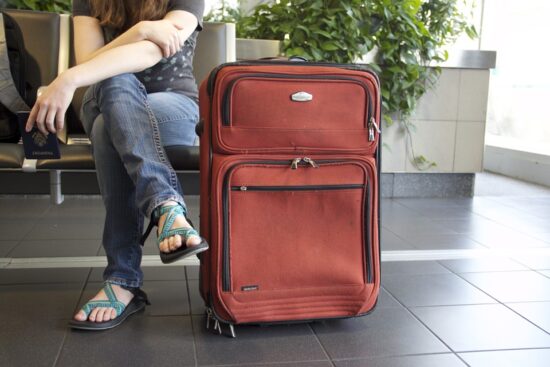Antimicrobial Resistance and Human Mobility
Antimicrobial resistance (AMR) is a global problem of increasing importance. In the United States, nearly 3 million antibiotic-resistant infections occur each year and more than 35,000 people die from their complications. In Europe, AMR is responsible for around 33,000 deaths per year. In low- and middle-income countries, the true burden and effects of AMR have been more difficult to quantify. Because severe bacterial infections comprise the most common cause of childhood mortality in resource-constrained settings, the effects of AMR may be responsible for even greater life-years lost in these settings.
Increasing global antibiotic use and access to non-prescription antibiotics may partially explain the rising observed burden of AMR. AMR is also associated with increasing non-human uses of antibiotics, particularly for growth promotion and veterinary uses in the agricultural industry.
Human mobility has putatively been suggested to contribute to the spread of AMR internationally. There has been a heightened awareness of this in recent years with respect to the prevalence of infection or colonization with drug-resistant organisms in people who experience short-term international travel, economic migration, and forced displacement from conflict or other disasters. However, the risks of AMR are not shared equally between these different populations. In this article, we review the evidence associated with human mobility and AMR.
AMR NEWS
Your Biweekly Source for Global AMR Insights!
Stay informed with the essential newsletter that brings together all the latest One Health news on antimicrobial resistance. Delivered straight to your inbox every two weeks, AMR NEWS provides a curated selection of international insights, key publications, and the latest updates in the fight against AMR.
Don’t miss out on staying ahead in the global AMR movement—subscribe now!







